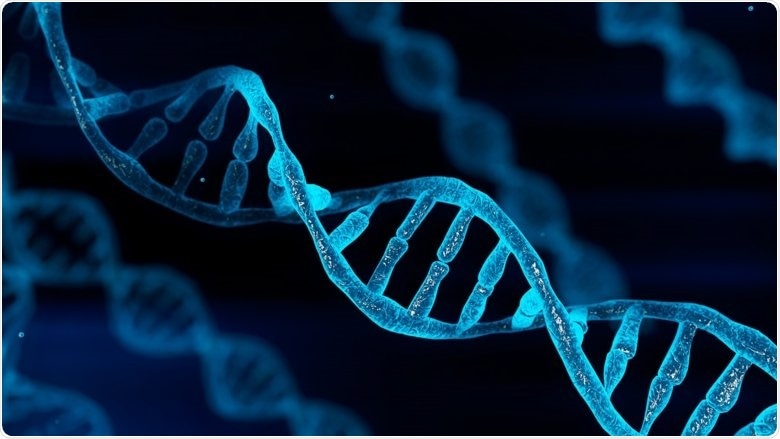While it has been more difficult to investigate the enormous amount of human genome that does not instruct the cells to make proteins than protein-coding genes, it has been demonstrated to have important physiological effects. Karolinska Institute researchers have recently developed new high-precision techniques for determining the role of these noncoding sequences.

The human genome exists of both protein-coding and noncoding DNA. Image Credit: Getty Images
The research could lead to the creation of novel, targeted medications in the future. The study was published in the journal Nature Genetics.
Only a small percentage of the human genome is made up of genes that tell cells how to manufacture specific proteins; the rest is noncoding DNA, also known as “junk DNA” as its purpose is mostly unclear.
But, recent studies have revealed that some of these sequences can produce RNA, which has an impact on important biological functions. It turns out that the majority of the genetic alterations associated with various diseases are found in these noncoding regions of patients’ DNA.
May become attractive drug candidates
This has come as a great surprise and we now need to understand in detail how these genetic changes affect different diseases in order to eventually be able to develop more accurate drugs."
Per Johnsson, Study First Author and Researcher, Department of Cell and Molecular Biology, Karolinska Institute
“Generally speaking we don’t know that much about this interaction, but we believe that noncoding RNA will one day be a source of attractive drug candidates. It’s therefore extremely important that we speed up the characterization of these RNA molecules,” he added.
The scientists used a combination of single-cell sequencing and mathematical computations to show that it is possible to detect the role of noncoding RNA in this way, which has previously proven challenging. Researchers were able to discover an entirely new method for how RNA molecules govern the activation of protein-coding genes in their region using these technologies.
After many years of development, single-cell sequencing has now reached a stage where we can isolate individual cells and study regulating mechanisms with high precision."
Rickard Sandberg, Principal Investigator and Professor, Department of Cell and Molecular Biology, Karolinska Institute
“This is multidisciplinary research that we believe will contribute significantly to our basic understanding of cell biology and that, in the long run, can give us new insights into how cellular function can be influenced through the agency of small drug substances,” Sandberg added.
Study many genes in parallel
The approach has only been used to explore the function of a few noncoding RNA molecules so far, however, there are hundreds of others waiting to be discovered. Scientists now want to undertake similar research on RNA molecules that may have an impact on disease development, such as cancer.
“We’ll be applying larger-scale methods to study hundreds to thousands of similar genes in parallel, thus greatly advancing our understanding of these interesting RNA molecules,” concluded Dr Johnsson.
Source:
Journal reference:
Johnsson, P., et al. (2022) Transcriptional kinetics and molecular functions of long noncoding RNAs. Nature Genetics. doi.org/10.1038/s41588-022-01014-1.